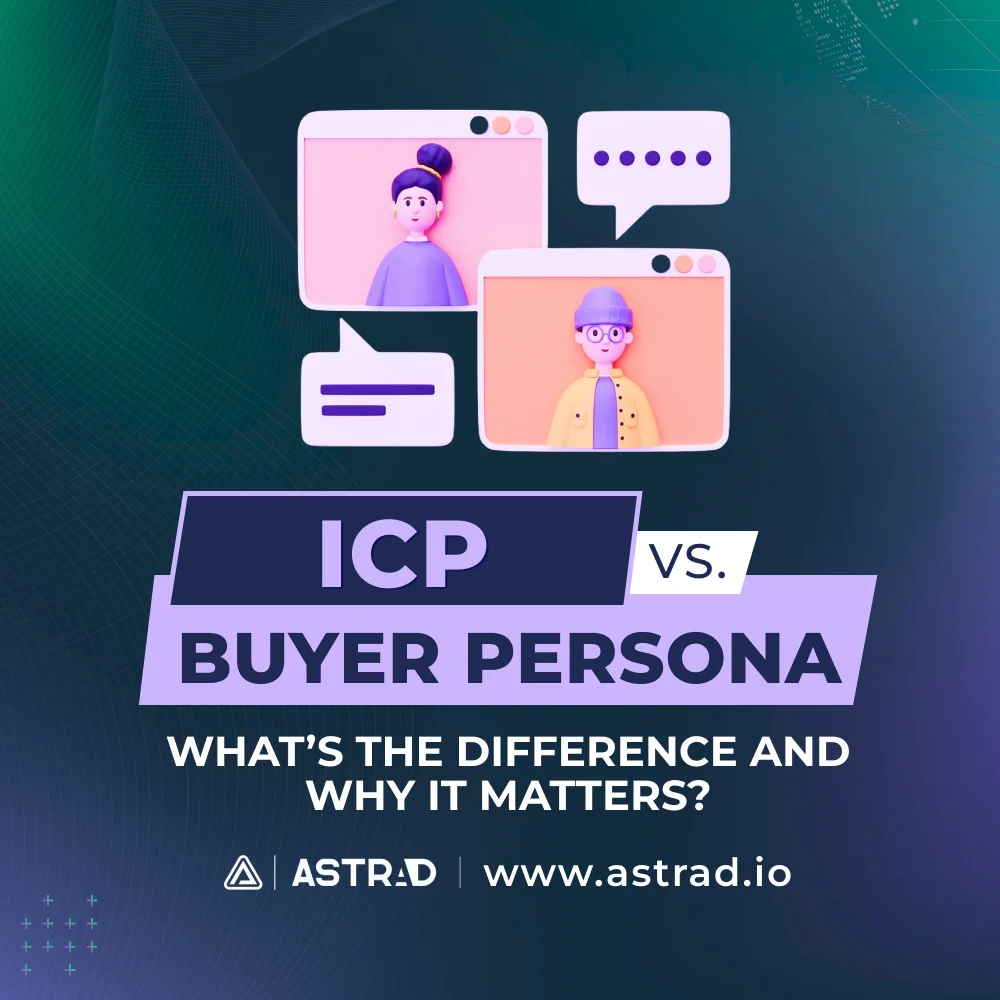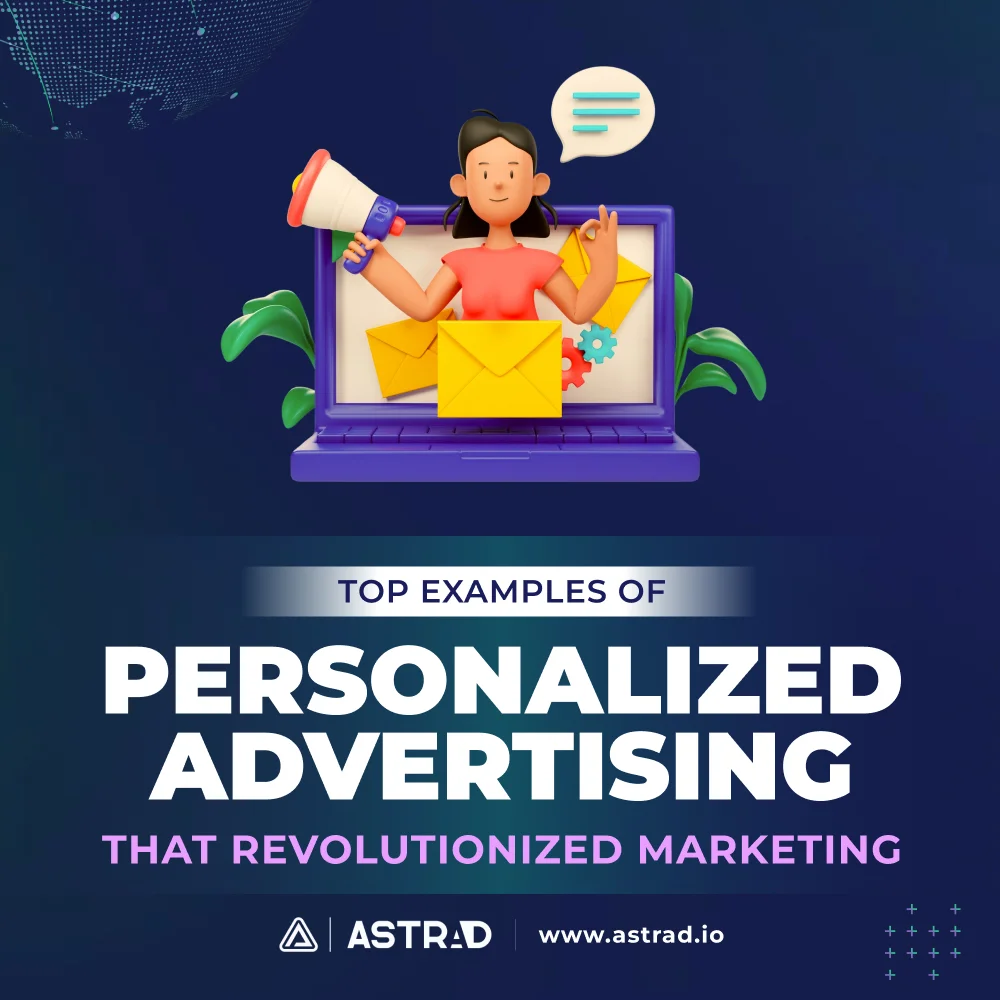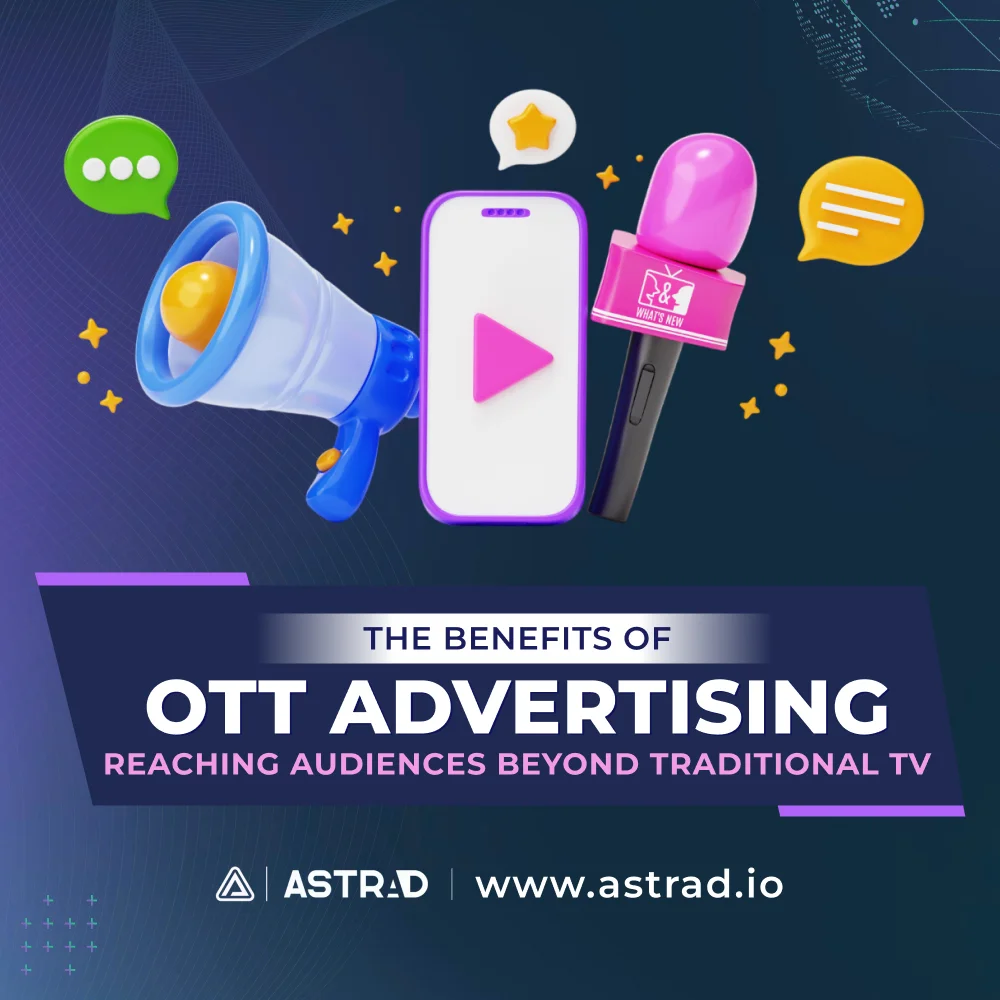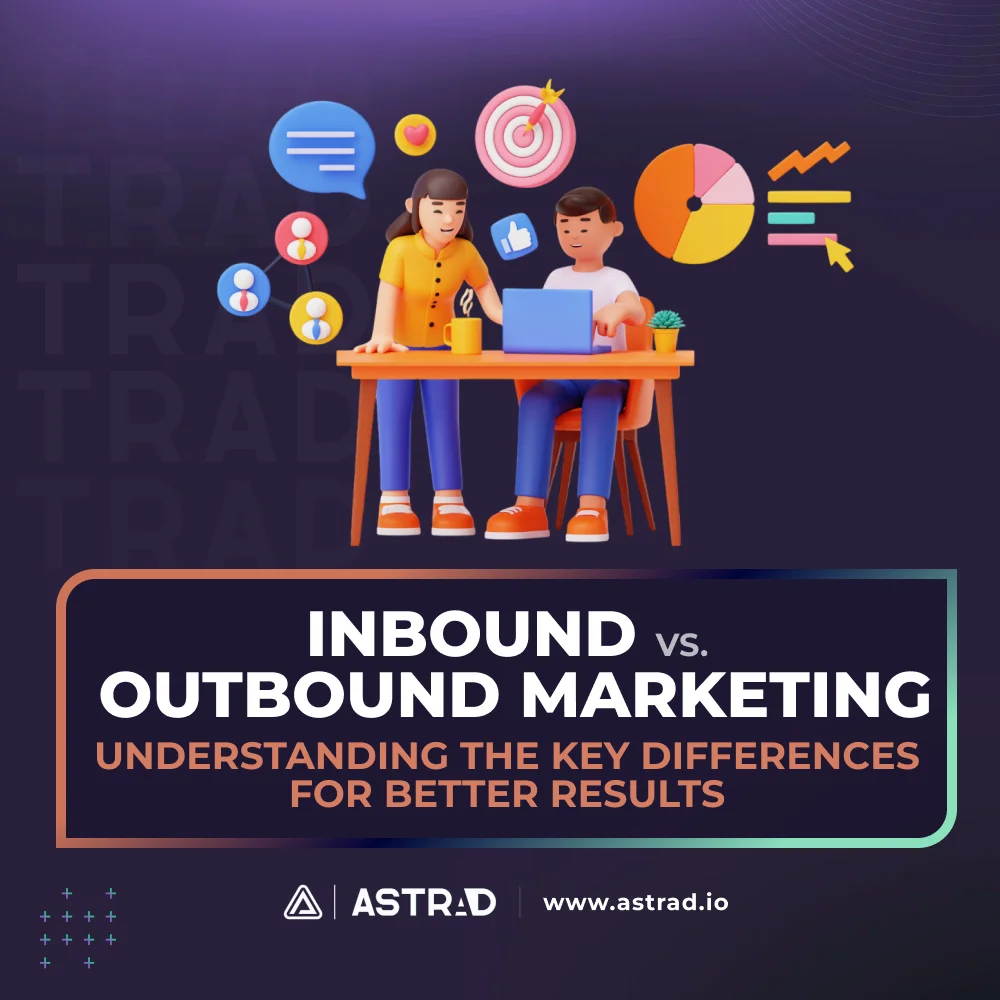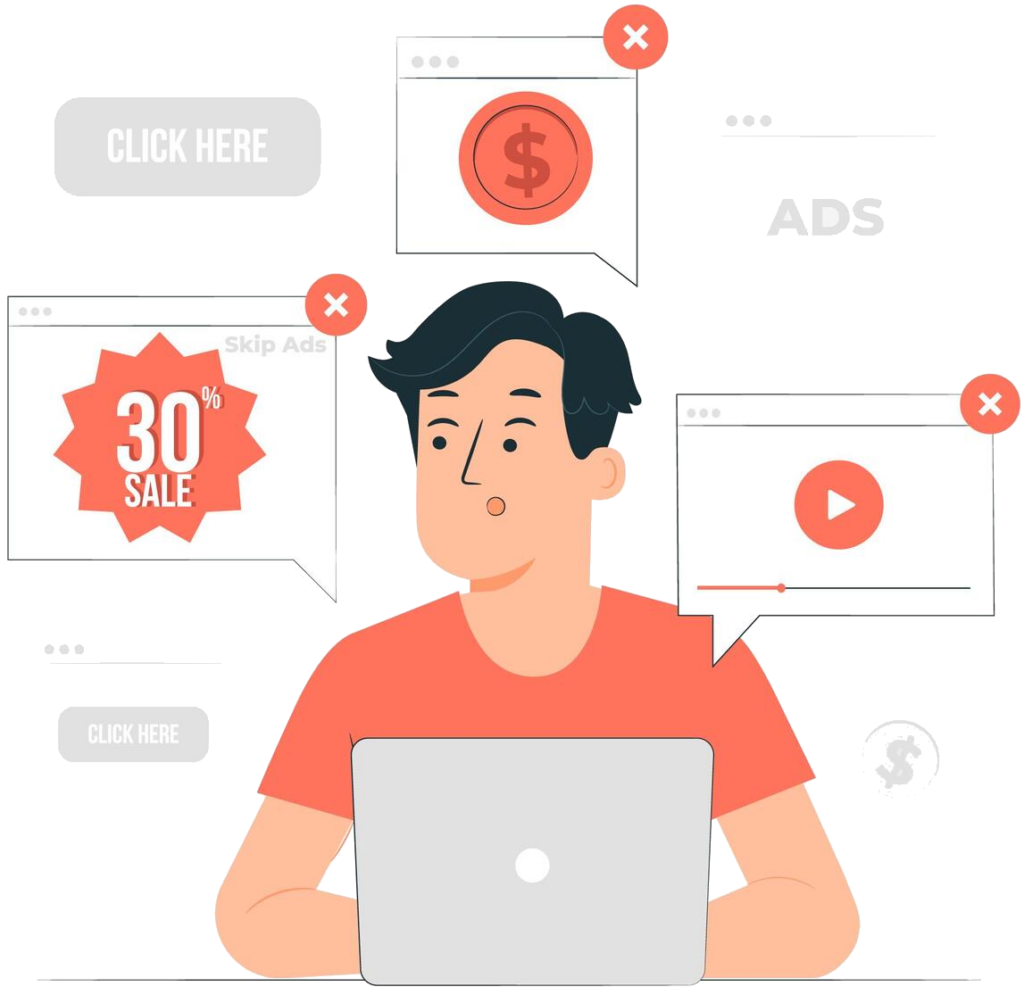In 1962, Philip Kotler, the so-called father of modern marketing, dropped a bombshell concept that blew up the business world: “target marketing.” A new idea back then that today is as basic – in marketing as 1, 2, 3 — but in the 60s, it might have well been the stuff wizards came up with, and witches were sent to the furnace for. Why bother with the violent and hurly-burly chaotic spray-and-pray approach when you could zero in on the people most likely to buy what you’re selling? It was genius—and, let’s be honest, just plain common sense.
Today, that mantra – aim for those that buy – is, well, THE mantra. And that mantra is based on the science of understanding your audience — which has evolved into something infinitely more complex—and infinitely more emotional. According to the Harvard Business Review’s research on consumer emotions, successful brands don’t just know who their audience is; they know what makes them tick. They connect with customers not through generic personas but through strategies built on a deep understanding of behavior and intent. They map out their ideal customer and buyer, and then, once they know what makes them tick, they go in for the slaughter — straight for their jugular, or more to the point, their wallets.
This is why there is such an uproar in marketing teams when it comes to Ideal Customer Profiles (ICPs) and Buyer Personas. These tools are precision instruments in a marketer’s toolkit, but here’s the kicker: many confuse the two or think they’re interchangeable. They’re not. ICPs and buyer personas are as distinct as a company boardroom and the personal workspace of an employee within that company. So, what’s the real difference between an ICP and a Buyer Persona, and why does it matter? Let’s break it down.
What Is an Ideal Customer Profile (ICP)?
If you’re playing chess, your Ideal Customer Profile (ICP) is the endgame (where you topple the king and scream Checkmate—it’s the big-picture plan that guides every move. Simply put, an ICP is a description of your dream business account. It defines the types of companies you want to target, focusing on the ones that will bring the most value to your business.
Key Characteristics of an ICP
ICPs are all about account-level targeting, not individuals. They zoom out to look at the company as a whole and typically include:
- Industry: Are they in a sector where your product or service can shine?
- Company Size: Do they have the resources and scale to buy from you?
- Revenue: What’s their spending power?
- Location: Are they in regions you can efficiently serve?
- Pain Points: What organizational challenges can you solve for them?
For example, let’s say you’re selling a project management tool. Your ICP might look like this:
- Industry: Technology startups
- Company Size: 50-500 employees
- Revenue: $5M-$10M annually
- Location: US and Western Europe
- Pain Point: Struggling with project timelines and team coordination
Here’s the it factor when it comes to ICP: it prevents you from wasting time and resources on accounts that are unlikely to convert. It sends out your best agents to accounts that matter and will make big bucks.
By focusing on high-value accounts, you increase your ROI and give your sales team a clear target to hunt down.
HubSpot’s rise can be partly due to its obsession with small-to-medium-sized businesses (SMBs). By defining SMBs as their ICP, they created products and campaigns that fit like a glove with a specific audience, this in turn led to massive success.
What Is a Buyer Persona?
If an ICP is the chess strategy, the Buyer Persona is your move-by-move, well, move. A Buyer Persona is a fictional yet data-backed profile of the individuals within your target accounts. Unlike ICPs, which focus on companies, buyer personas focus on people—their motivations, pain points, and behaviors.
Key Characteristics of a Buyer Persona
Buyer personas dive into the nitty-gritty details of your audience. Here’s what you’ll typically define:
- Demographics: Age, gender, job title, income, education, etc.
- Behavioral Traits: How do they consume content? Are they social media scrollers, podcast listeners, or webinar junkies?
- Pain Points: What personal challenges does your product solve for them?
- Goals: What are they striving to achieve in their career or daily life?
- Objections: What might hold them back from buying?
For example, if you’re selling cybersecurity software, one of your buyer personas might be “James, the IT Director”:
- Demographics: 45 years old, based in Miami, earning $85,000 annually
- Goals: Wants to protect company data and streamline security compliance
- Pain Points: Struggles with outdated systems and a limited budget
- Objections: Worried about implementation downtime
Why Buyer Personas Matter
Buyer personas are the key to crafting personalized, emotionally resonant messaging. Think back to the Harvard Business Review study: emotional connection is what galvanizes loyalty and creates conversion. Personas that connect on a human level.
ICP vs. Buyer Persona: The Key Differences
At this point, you’re probably wondering: “Why do I need both? Can’t I just pick one?” The answer is no. While ICPs and Buyer Personas are joined at the hip, they serve entirely different purposes — they need one another and are also independent.
Here’s How They Differ:
- Focus:
- ICP: Targets the company.
- Buyer Persona: Targets the individual.
- Data Types:
- ICP: Relies on quantitative data (revenue, size, industry).
- Buyer Persona: Relies on qualitative data (behaviors, emotions, motivations).
- Use Case:
- ICP: Guides your account-based marketing (ABM) strategy.
- Buyer Persona: Shapes your messaging and outreach within those accounts.
How to Use ICPs and Buyer Personas Together
When used together, ICPs and Buyer Personas create a 360-degree targeting strategy. One is the map (ICP), and the other is the detailed itinerary (Buyer Persona).
Step 1: Define Your ICP
Start by identifying your dream accounts. Use data from your CRM, industry reports, and predictive analytics tools to pinpoint high-value targets.
Step 2: Build Buyer Personas
Once you’ve identified the accounts, zoom in on the key folks within those businesses. Develop personas for each individual involved in the buying process (for example, the CEO, CMO, and CFO).
Step 3: Align Your Strategy
Use the ICP to guide where you’re focusing your efforts and the buyer personas to refine how you’re communicating. For example:
- ICP: Mid-sized SaaS companies in London.
- Buyer Personas:
- CEO Charlotte: Interested in long-term ROI.
- CFO Colin: Focused on cost-efficiency.
- CMO Maya: Wants seamless marketing integration.
Why Understanding Both Matters
If you’re still on the fence, let’s talk shop and consider this: companies that integrate with aplomb ICPs and Buyer Personas into their strategies report higher ROI. According to a Salesforce report, companies using ABM frameworks (like ICPs) see a 97% increase in revenue compared to those using traditional approaches. Pair that with the emotional depth of personas, and you’re creating a culinary experience — the right cheese with the perfect wine.
ICP + Buyer Persona = Precision Meets Emotion
Here’s the takeaway: if an ICP is the skeleton, the Buyer Persona is the soul — and you’re the muscle. You need all 3 to build a strategy that’s targeted, with a bite and an emotional trip. By conceptualizing your Ideal Customer Profiles (ICPs), focusing on the right accounts, and creating Buyer Personas to connect with the individuals within those accounts, you’re taking your marketing game to another level. As Philip Kotler once said, “In marketing, understanding your audience isn’t just important—it’s everything.”

